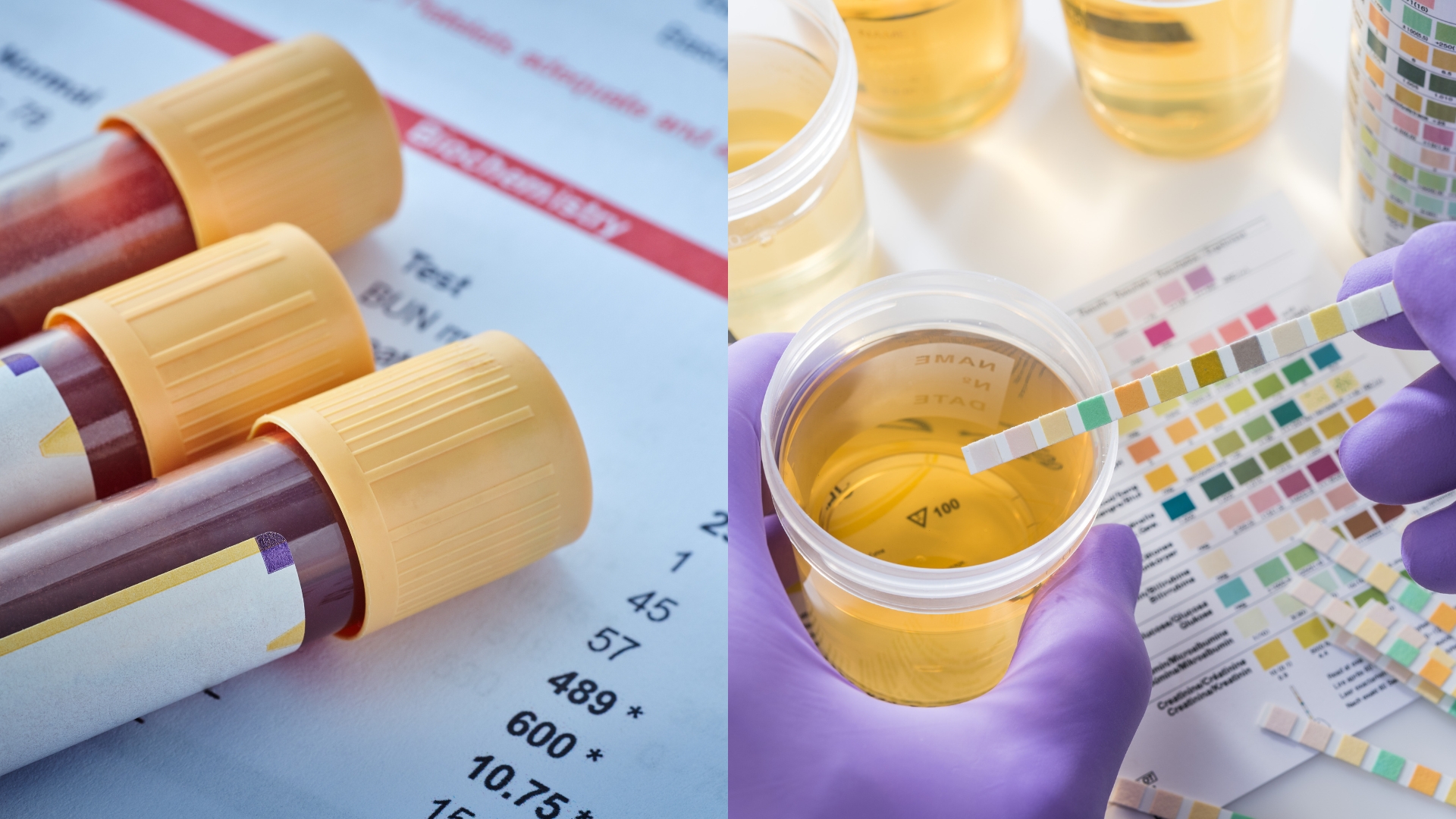
Laboratory Testing
Urologists rely on a variety of specialized laboratory tests to diagnose and manage urological conditions effectively. One fundamental component of urological diagnostics is urinalysis, which assesses the physical, chemical, and microscopic properties of urine. This simple yet crucial test helps detect urinary tract infections, kidney disorders, and conditions such as hematuria (blood in urine). Further, urine cultures can pinpoint the specific bacteria causing infections, guiding urologists in prescribing targeted and effective antibiotics.
Blood tests are integral to urological diagnosis, with serum creatinine and blood urea nitrogen (BUN) levels aiding in the evaluation of kidney function. Elevated levels may indicate renal impairment, prompting further investigation into conditions like chronic kidney disease. Prostate-specific antigen (PSA) tests are frequently employed to screen for prostate cancer, with elevated PSA levels serving as a potential indicator for further diagnostic procedures.
Advanced imaging studies play a pivotal role in urology, enabling urologists to visualize the urinary tract and identify abnormalities. Ultrasound, a non-invasive technique, helps assess the kidneys, bladder, and prostate. Computed tomography (CT) scans provide detailed cross-sectional images, aiding in the diagnosis of kidney stones, tumors, and other structural abnormalities. Magnetic resonance imaging (MRI) may be utilized for a more comprehensive evaluation of soft tissues, offering additional insights into complex urological conditions.
Urodynamic testing is employed to assess the function of the urinary system, especially in cases of incontinence or voiding difficulties. This set of tests measures bladder and urethral pressure, urine flow rates, and other parameters, assisting urologists in diagnosing conditions like overactive bladder or urinary retention.
In summary, the array of laboratory tests and diagnostic tools available to urologists encompasses urinalysis, blood tests, imaging studies, and urodynamic testing. The integration of these diverse diagnostic modalities allows us to comprehensively evaluate and diagnose a spectrum of urological conditions, facilitating targeted and personalized treatment strategies for our patients.

